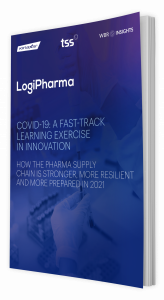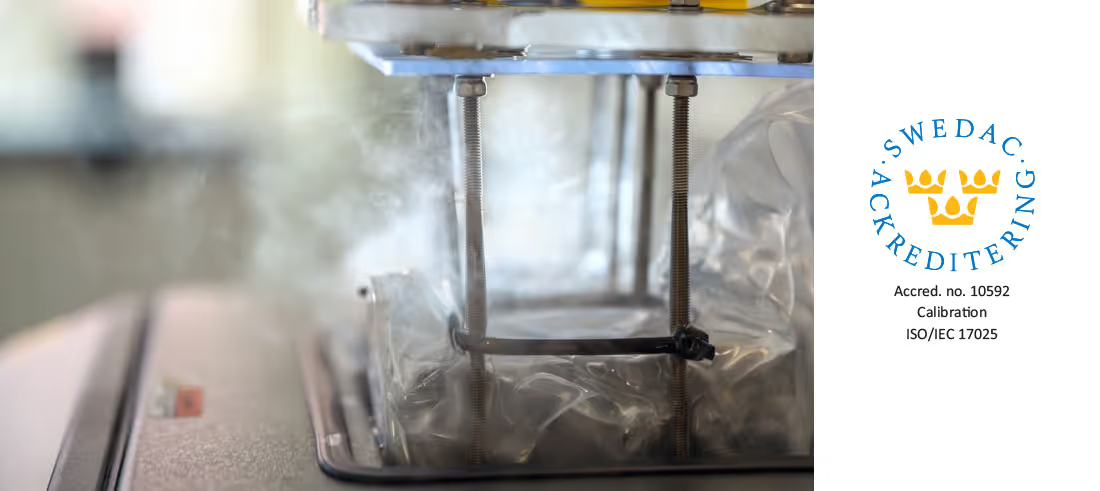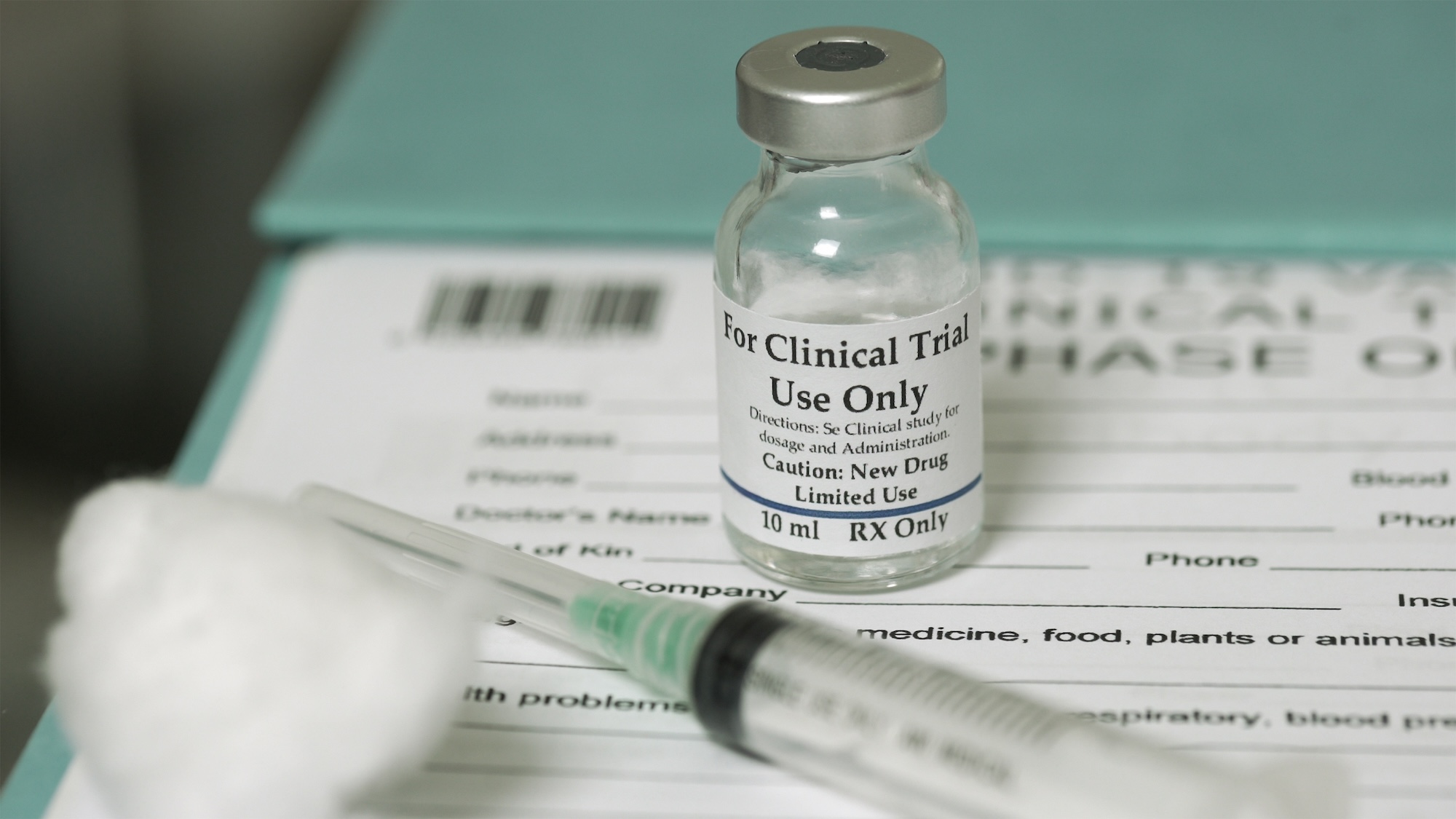Logipharma report: A fast-track learning exercise in pharma supply chain innovation

How the pharma supply chain is stronger and more resilient in 2021
The COVID-19 pandemic revealed the existing weaknesses in the global supply chain. However, the survey revealed that in the past 12 months, pharmaceutical and biotechnology organizations had accelerated the implementation of enhanced technology to make supply chains faster and more efficient. According to the respondents, process refinement and automation are adopted at nearly every stage to improve efficiency. Novel technologies such as the IoT, ML, blockchain are revolutionizing the meaning of compliance and product transparency and accelerating order fulfilment.
The pharma supply chain is now much better prepared to respond to future macroeconomic crises by embracing powerful technologies. With the widespread adoption of IoT loggers and trackers, it is now possible to follow a shipment from the moment it leaves a facility until it reaches its destination. COVID-19 has prompted a pivotal shift in pharma supply chain strategies. The more resilient networks of today will hold it in good stead for years to come.

Leveraging innovative tech for end-to-end supply chain monitoring
Our CEO Niclas Ohlsson shares the TSS view on how end-to-end visibility is the key to creating more efficient, cost-effective and sustainable pharma supply chains.
Get access to the full survey and report by completing the form below.
You may also be interested in

TSS Achieves Coveted ISO/IEC 17025 Calibration Accreditation

Is your supply chain ready for a digital transformation?

The Buyer’s guide to real-time temperature monitoring
You may also be interested in

Can You Rely on the Results from Your Clinical Trials?


